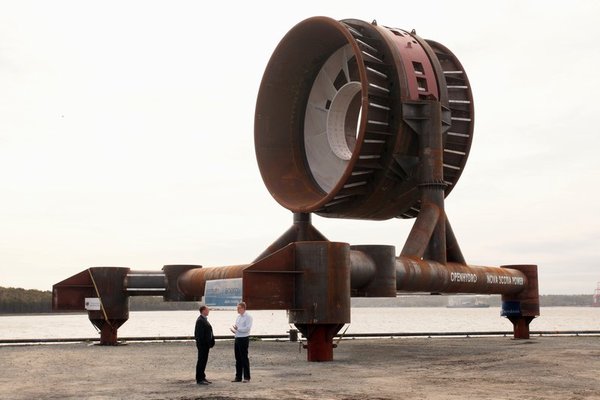Turbulence begets diversity. In this recent NYT article, Jim Thomson describes turbulence both as a component of energy (and how it relates to placing turbines in coastal areas for electricity production) and a component of biodiversity. In the article, the research is focused on the placement of turbines in the Canal de Chacao, a narrow channel separating mainland Chile from the island of Chiloé, and evaluation of the environmental impacts of these turbines. This rang a few bells for me, as our small research team is also getting ready to travel to this part of the world for very different reasons.
[The “looking up” map from González-Wevar et al. 2010 shows the biogeography of limpets in the temperate and cold temperate southern hemisphere. My group is interested in how genetic diversity within species relates both to this biogeography of coastal organisms as well as oceanographic processes. As it turns out, right around the channel that separates Chiloé from the rest of Chile (about 42° S latitude) is a major biogeographic transition not just for limpets but for many taxa. To the south is the cold Magellanic province; to the north is a broad biogeographic transition zone that includes species from the more equatorial Peruvian province. Looking at intertidal barnacles – cheap, easily collected but not-so-easy-to-get-data-from biological drifters – we know that in one species there are two very distinct genetic lineages. In the Peruvian province only one of these is found; in Tierra del Fuego, the very tip of South America, you only find the other lineage. In the area in between, both lineages are found, but we have no data from between Valdivia (about 200km north of the Canal de Chacao) and the tip of South America, so we are traveling to this region next month as well to find out if the transition of these genetic lineages closely matches the biogeography of the region….more on that another time. I’m supposed to be talking about turbines.]
As it turns out, both Thomson and his group as well as my group are interested in where patterns (or changes in patterns) of turbulence, along with other environmental factors, influence diversity. Much of the work being done at this point is environmental assessment: what will this do to local diversity? Will the sounds of the turbine impact whale populations, or fish? Will the local diversity foul the turbines? Would it mess with local surfing, even? Given alternative plans to improve the availability of electricity through massive dams (with all the negatives that come from hydroelectric), there are good reasons to be testing these waters. Could it work? Could it be a more general solution for other areas with high tidal currents?


Leave a Reply